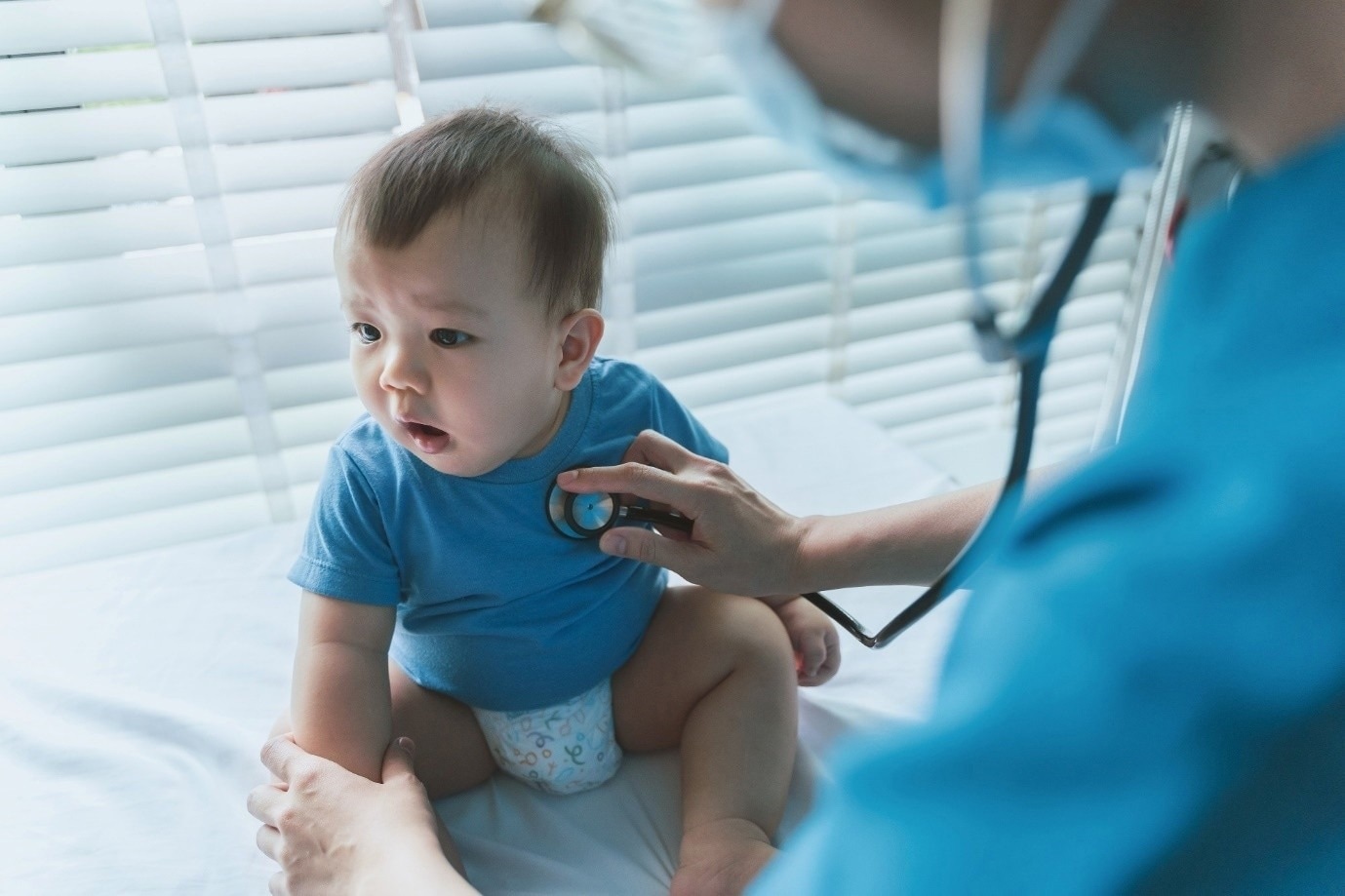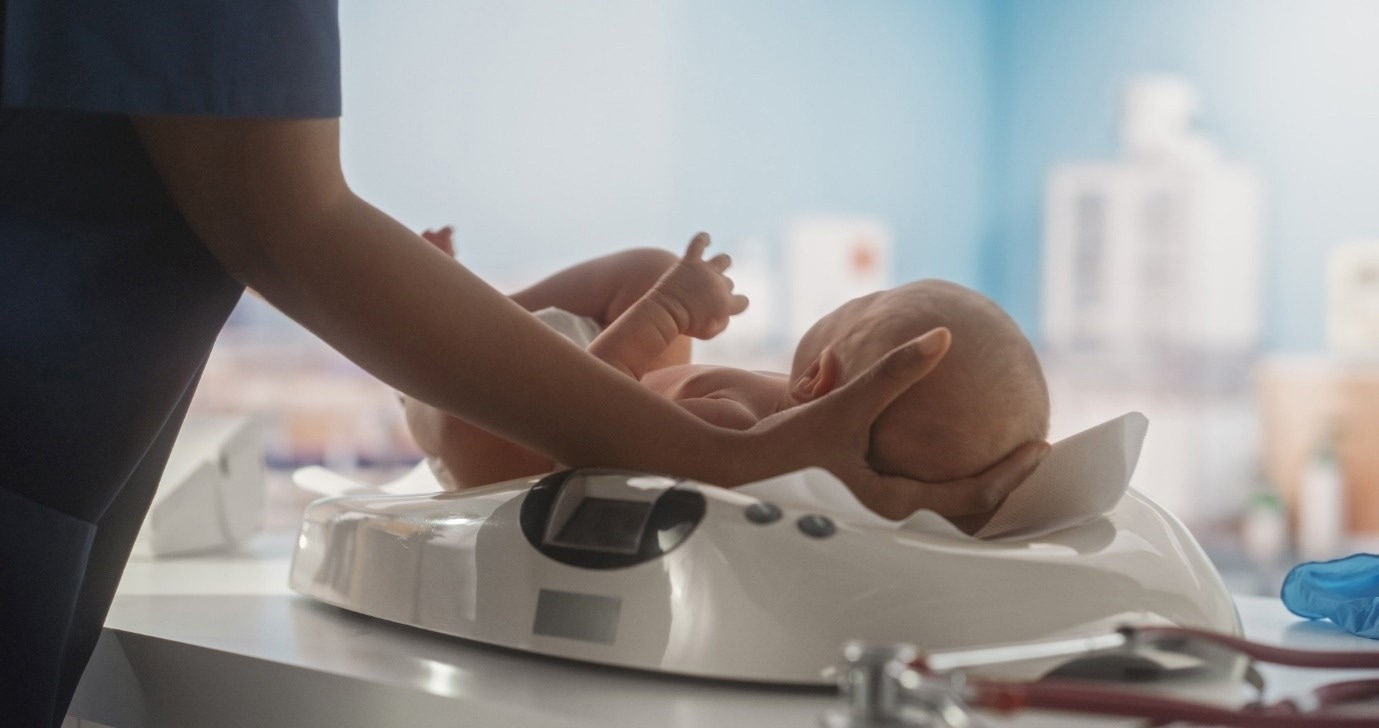
In an evolving health landscape, emerging research continues to highlight concerns that could impact everyday wellbeing. Here’s the key update you should know about:
In this interview, News Medical speaks with Laís Junqueira, Quality, Patient Safety and Innovation Manager at Elsevier, about patient safety challenges in pediatric care, the importance of system-level thinking, and innovations supporting safer outcomes for children and newborns.
From your perspective, what are the most pressing patient safety challenges for newborns and children today?
Medication errors, infections, and delays in recognising early deterioration remain significant risks in paediatric care. The distinct physiology and developmental needs of children also require careful consideration to ensure accurate diagnosis and effective management. As a vulnerable population, children are also subject to the risk of epistemic injustice, when the perspectives of children and families are not fully valued, or when children lack the means to clearly express their experiences, which can weaken trust and hinder safety efforts. Addressing these issues calls for systems that embed clinical safeguards while also recognising and respecting children’s and families’ voices and rights.
It is important to acknowledge that children require not only clinical safeguards but also broader measures to ensure their safety, security, and protection. Safeguarding in this context goes beyond medical care; it involves protecting their physical, emotional, and developmental well-being in all areas of life. This means creating safe environments at home, in schools, and in communities where children can grow, learn, and thrive. Preventable harm does not occur only in hospitals; it may arise from unsafe storage of medications at home, exposure to hazardous substances, inadequate supervision in early childhood, or from wider social and environmental threats, including the impact of conflict and war, which leaves children especially exposed. Yet, with greater awareness, collaboration, and commitment to child-centered approaches, we can build safer and more nurturing environments that give every child the opportunity to reach their full potential.
You’ve written about “safe systems for safe maternal and newborn care”. In your view, what system-level changes are most urgently needed to protect children in their first years of life?
For decades, safe systems have been viewed mainly as a network of interconnected processes, often overlooking a key element in healthcare: decision-making. Safe decision-making should not rely solely on individuals but be embedded and supported by the system itself. In pediatric care, this means tailoring system support to children’s developmental stages and unique characteristics, so safety is achieved as an outcome of the system, not as an isolated effort. To get there, we must evolve from reactive approaches alone to systems that combine reactive and proactive elements, anticipating risks, guiding safer choices, and ensuring consistent, high-quality care for this vulnerable population.
Many healthcare organisations are still in the early stages of improving quality and safety. What were the most impactful first steps, especially in paediatrics?
Much of the patient safety literature has focused on safe processes such as patient identification, infection control, and other standardised practices. However, there remains a significant opportunity to embed clinical decision-making as part of the system itself. Organisations that start by recognising patient safety as a systemic outcome, rather than an isolated component, are better positioned to sustain improvements. This approach allows them to ‘start right,’ integrating decision support early rather than only after reaching a higher maturity level. It is important to emphasise that patient safety is not a component of the system. It is the result of a well-designed system that has safety as an objective.
Image credit: eggeegg/Shutterstock.com
What role can parents and caregivers play in ensuring safer care, and how should healthcare teams support them?
Parents and caregivers play an essential role as allies in patient safety. They are often the first to notice subtle changes, ask critical questions, and ensure continuity of care. And it’s also important to remember that children themselves, even at a very young age, have voices that deserve to be heard and respected. Listening to children’s perspectives not only honours their rights but also helps tailor care to their individual needs and experiences. Resources such as the Doctor Safety books provide child-friendly education bites on pressing patient safety risks, for example, infection control through hand hygiene and safer medication management. By offering families practical tools and accessible information like this, healthcare teams can foster a culture of shared decision-making. Creating spaces where both caregivers’ and children’s voices are respected and integrated into clinical decisions helps counteract epistemic injustice and strengthens safety for children.
From your experience at Elsevier, what role does technology play in reducing errors in paediatric care, and where are its current limitations?
Technology can reduce errors by supporting clinical decision-making and offering evidence-based alerts. At Elsevier, tools like ClinicalKey AI can help clinicians navigate complexity with clarity by surfacing relevant content from evidence-based sources and providing summarised responses tailored to the case described on the prompt created by the clinicians. Thus, the most valuable contribution of technology is to bring knowledge to the right person at the right time, in a way that is convenient and trustworthy. However, as with any technology, limitations lie in adoption and integration, from a technical perspective and from an organisational culture perspective, which includes technology literacy. This is why Elsevier created the GenAI Academy for Health, a complimentary resource to support and enhance AI literacy built especially for clinicians. After all, technology should enhance but never replace clinical judgment within safe systems.
How can evidence-based information be better translated into clinical practice to improve safety for newborns and children?
The key lies in integrating evidence directly into the clinical workflow. When evidence-based resources are actionable within the work environment, they actively support clinical decisions. Equally, when organisations build a culture that explicitly values evidence-informed decision-making, evidence becomes embedded in the system itself, guiding safe care consistently.
In your whitepaper “Journey towards zero harm”, you discuss “system nudges.” Could you share how these nudges might be applied to paediatric settings to prevent harm?
Nudges are small prompts built into the system that guide people toward safer decisions, without taking away their choices. In paediatrics, this is especially important because of the unique vulnerabilities children face, such as weight-based dosing, developmental differences, and distinct patterns of clinical deterioration. System nudges, such as educational reminders and decision-support prompts, turn decision-making into something the system actively supports. In practice, these nudges help make sure that critical choices aren’t left to chance, but are consistently steered toward the safest pathways.
You’re active in diversity and equity initiatives at SOBRASP. What equity gaps affect child patient safety most, and how can healthcare systems address them?
Disparities remain profound. In low- and middle-income countries, child mortality is up to 15 times higher than in high-income nations, largely due to preventable conditions such as pneumonia, diarrhoea, malaria, malnutrition, and neonatal complications. Beyond survival, in 2016, at least 250 million children did not reach full developmental potential, and in 2019, up to 1 billion were affected by violence or neglect. Addressing these inequities means embedding equity as a core principle of safety, ensuring access to vaccines, nutrition, healthcare, and protection for every child.
 Image Image credit: Gorodenkoff/Shutterstock.com
Image Image credit: Gorodenkoff/Shutterstock.com
How do you see international collaboration, across countries, organisations, and professional societies, shaping safer care for children worldwide?
Collaboration accelerates knowledge-sharing, promotes best practices, and helps scale effective solutions. A prime example is the World Patients Alliance, in partnership with the Elsevier Foundation, that developed the Doctor Safety children’s book series on patient safety. This initiative transforms complex concepts of quality and safety into engaging stories and activities for children, fostering a culture of safety from an early age. Global cooperation amplifies these efforts and expands their reach. As the books are freely available worldwide, they are already being used in countries such as Brazil, Cambodia, Colombia, Ghana, and Switzerland, with even broader impact anticipated following their presentation at the ISQUA Conference in October.
Looking ahead, what innovation or shift gives you hope that we can move closer to “zero harm” for every newborn and child?
What gives me hope is the growing recognition that safe decision-making should be supported by systems that are, in essence, patient-centered. Equally, educational tools such as the Doctor Safety books show how empowerment and early awareness can shape a culture of safety from childhood onward. Together, these shifts signal a future where harm reduction is not only possible but sustainable.
Where can readers find more information?
About Lais Junqueira
Laís Junqueira works at the intersection of patient safety, quality, and innovation in healthcare. She is an executive at Elsevier, serves on the scientific board of SOBRASP, and is the author of publications and books on patient safety, including the Doctor Safety children’s series with the World Patients Alliance. She holds an MBA in Health Management and Innovation, is certified Six Sigma Black Belt, and is passionate about building safer systems for patients worldwide.

